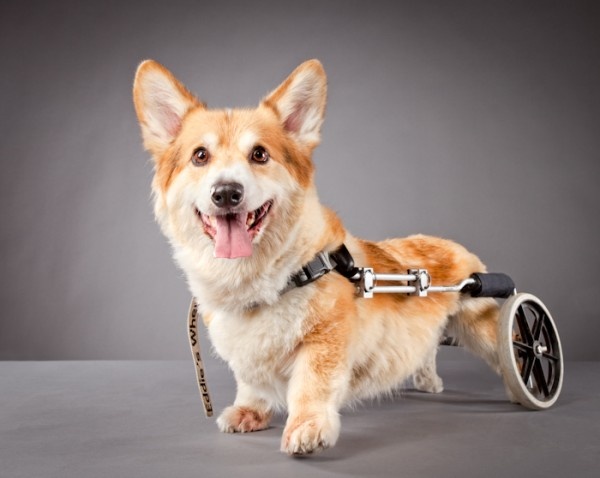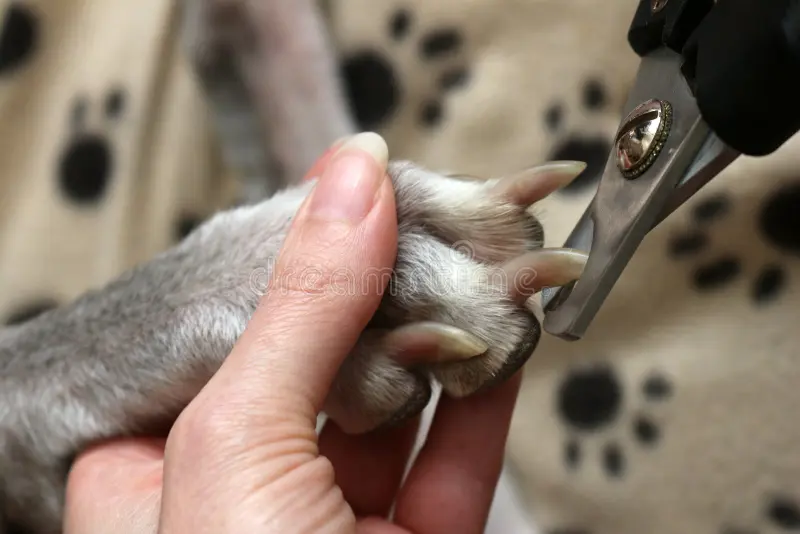Managing Arthritis in Senior Pets
As our beloved pets age, many may develop arthritis, a painful condition that affects their joints and mobility. Managing arthritis in senior pets requires a combination of pain management strategies and mobility aids to ensure they remain comfortable and active in their golden years. In this guide, we’ll explore various methods to alleviate arthritis pain and improve mobility for senior pets.
Understanding Arthritis in Senior Pets
Causes and Risk Factors
Arthritis, also known as osteoarthritis or degenerative joint disease, is a common condition in senior pets caused by the gradual deterioration of joint cartilage. Factors such as genetics, obesity, previous injuries, and underlying health conditions can increase a pet’s risk of developing arthritis.
Common Symptoms
The signs of arthritis in pets may vary, but common symptoms include limping, stiffness, reluctance to move or exercise, difficulty rising from a lying down position, and noticeable changes in gait or posture. Some pets may also exhibit signs of pain, such as vocalizing or licking at affected joints.
Pain Management for Arthritic Pets
Medications
Veterinarians may prescribe medications such as nonsteroidal anti-inflammatory drugs (NSAIDs), corticosteroids, or pain relievers to manage arthritis pain and inflammation in pets. It’s essential to follow your veterinarian’s recommendations and monitor your pet for any adverse effects.
Supplements
Nutritional supplements such as glucosamine, chondroitin, omega-3 fatty acids, and antioxidants may help support joint health and reduce inflammation in arthritic pets. These supplements can be added to your pet’s diet or given as treats, but always consult with your veterinarian before starting any new supplements.
Therapeutic Treatments
Therapeutic treatments such as laser therapy, acupuncture, physical therapy, and hydrotherapy can provide pain relief and improve mobility in arthritic pets. These non-invasive treatments can help reduce inflammation, increase circulation, and promote healing in affected joints.
Improving Mobility with Assistive Devices
Orthopedic Beds
Orthopedic beds with memory foam or supportive padding can provide arthritic pets with comfortable and cushioned surfaces to rest and sleep. These beds help alleviate pressure on sore joints and promote better sleep quality.
Ramps and Steps
Ramps and steps can help arthritic pets navigate stairs, furniture, and vehicles more easily, reducing strain on their joints and preventing injuries. Choose ramps with a non-slip surface and adjustable height to accommodate your pet’s needs.
Slip-Resistant Flooring
Slippery surfaces can be challenging for arthritic pets to walk on, increasing their risk of falls and injuries. Consider installing slip-resistant flooring or using area rugs with non-skid backing to provide traction and stability for your pet.
Joint Support Supplements
Joint support supplements containing glucosamine, chondroitin, MSM, and hyaluronic acid can help lubricate joints, reduce inflammation, and support cartilage health in arthritic pets. These supplements are available in various forms, including chews, liquids, and powders.
Lifestyle Changes and Home Modifications
Weight Management
Maintaining a healthy weight is crucial for arthritic pets to reduce stress on their joints and minimize pain. Work with your veterinarian to develop a weight management plan tailored to your pet’s needs, including portion control, regular exercise, and dietary adjustments.
Low-Impact Exercise
Regular, low-impact exercise such as walking, swimming, and gentle stretching can help arthritic pets maintain muscle strength, joint flexibility, and overall mobility. Avoid high-impact activities that may exacerbate joint pain or cause injury.
Environmental Modifications
Make modifications to your home environment to accommodate your pet’s mobility needs, such as providing easy access to food, water, and litter boxes, using raised feeding stations, and installing handrails or ramps for support.
Regular Veterinary Care
Schedule regular veterinary check-ups for your arthritic pet to monitor their condition, adjust treatment plans as needed, and address any new or worsening symptoms promptly. Your veterinarian can provide guidance on managing arthritis and improving your pet’s quality of life.
Conclusion
Arthritis can significantly impact the quality of life for senior pets, but with proper management and care, it’s possible to alleviate pain and improve mobility. By incorporating pain management strategies, mobility aids, lifestyle changes, and regular veterinary care, pet owners can help their furry companions enjoy a comfortable and active life despite arthritis.






















































